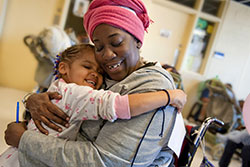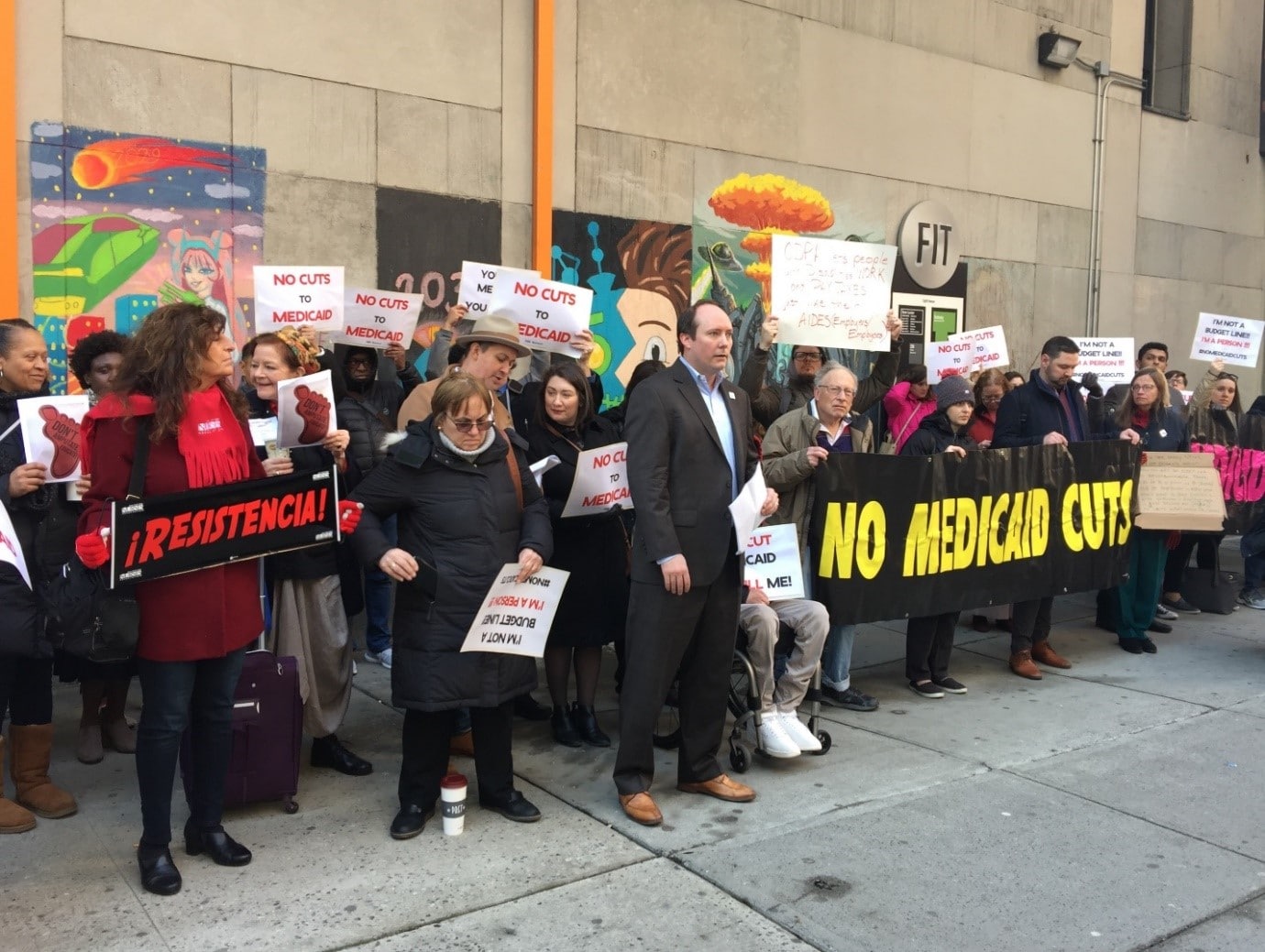In the early hours of April 3rd, 2020, the New York State Assembly passed the final state budget bills of Fiscal Year (FY) 2021, a day after the State Senate had done the same. Governor Andrew Cuomo soon signed these bills into law, ending all uncertainty that our State would proceed with an (almost) on-time budget deal amidst the devastation and disruption that the novel coronavirus has wreaked across New York over the past two months. The signing also effectively removed any doubts that even veteran healthcare consumer advocates may have harbored that the legislature would actually enact an austerity budget drastically cutting Medicaid and our safety net during a global pandemic.
Among the budget’s most controversial provisions are those concerning Medicaid, many of which did not come as a surprise to advocates who had closely followed the activity of New York’s Medicaid Redesign Team II (MRT II) since February. The 21-member team – which included only one consumer representative – was tasked by Governor Cuomo with identifying $2.5 billion in Medicaid savings to resolve our State’s so-called ‘Medicaid deficit’ in under two months. Although the MRT II was given the directive of not harming Medicaid beneficiaries, those recalling the outcome of its 2011 predecessor knew that the authority it was given, its absence of legislative or consumer input and the lack of transparency under which it operated did not bode well for New York’s Medicaid program.
In the face of this threat to Medicaid, advocates sprang into action, forming the Protect Medicaid Campaign to counter the narrative that Medicaid is responsible for our State’s budget shortfall and to reiterate that defending Medicaid is a choice that simply requires political will and a realignment of priorities. We shared our Statement of Principles with legislators, advocates and media outlets. We organized press conferences outside an MRT II Public Comment Forum and at the New York State Capitol calling for replacing New York’s Medicaid Global Cap with a transparent global budgeting process, just as CDF-NY had in our Executive Budget testimony and MRT II Proposal. As the COVID-19 crisis unfolded, we set the facts straight remotely, highlighting the human impact of Medicaid cuts, garnering legislative support during virtual town halls, mobilizing our supporters with action alerts and building momentum via social media campaigns. We took interest as the New York Daily News and even Teen Vogue elevated our platform and gained hope as legislators publicly denounced Medicaid cuts and supported raising revenues. Despite this progress, however, our fears were ultimately confirmed.
Much of the budget will negatively impact the health and well-being of vulnerable New Yorkers, particularly the staggering cuts it makes to Medicaid amidst the pandemic. These cuts are expected to touch most of the 6.3 million New Yorkers receiving comprehensive and affordable health care under Medicaid. (Read CDF-NY’s Statement on how the Health/Medicaid budget hurts New York’s children and families here.) In addition to increasing across-the-board Medicaid provider cuts (thereby reducing payments to hospitals, doctors, pharmacists, nursing homes, home-care providers and Medicaid managed-care plans and lowering the federal matching aid New York receives), the budget slashes the Health Homes program and reduces indigent care pool funds for hospitals without reallocating funds to safety-net hospitals. The Medicaid Global Cap remains in place, with the Department of Health and the Division of the Budget holding authority to cut Medicaid in services where spending outpaces growth.
Not all of the budget’s provisions are problematic. Notably, it contains comprehensive tobacco and e-cigarette restrictions to protect our State’s youth from the harmful effects of these products. The budget also commits $8.3 million in continued school-based health center (SBHC) funding, enabling students in our State’s most medically underserved communities to receive critical health services in their schools, and maintains current funding levels for lead poisoning prevention and health insurance navigators. (Read CDF-NY’s analysis of how the budget impacts New York’s children and families here.)
Although the budget has passed, advocates are still working to protect Medicaid, a mission made even more urgent by the authority afforded to the Governor to make additional spending cuts during the year. As New York grapples with the far-reaching implications of the COVID-19 pandemic, our efforts include working with national partners to uphold the Maintenance of Effort (MOE) provision requiring that states accepting the Families First Coronavirus Response Act (FFCRA’s) enhanced federal Medicaid matching rate not make their Medicaid programs more restrictive in eligibility and enrollment standards, methodologies or procedures. With this issue, too, our message is one of priorities: our State has the financial means to protect Medicaid. All that it needs is the political will to prioritize the health and well-being of all New Yorkers above everything else.




